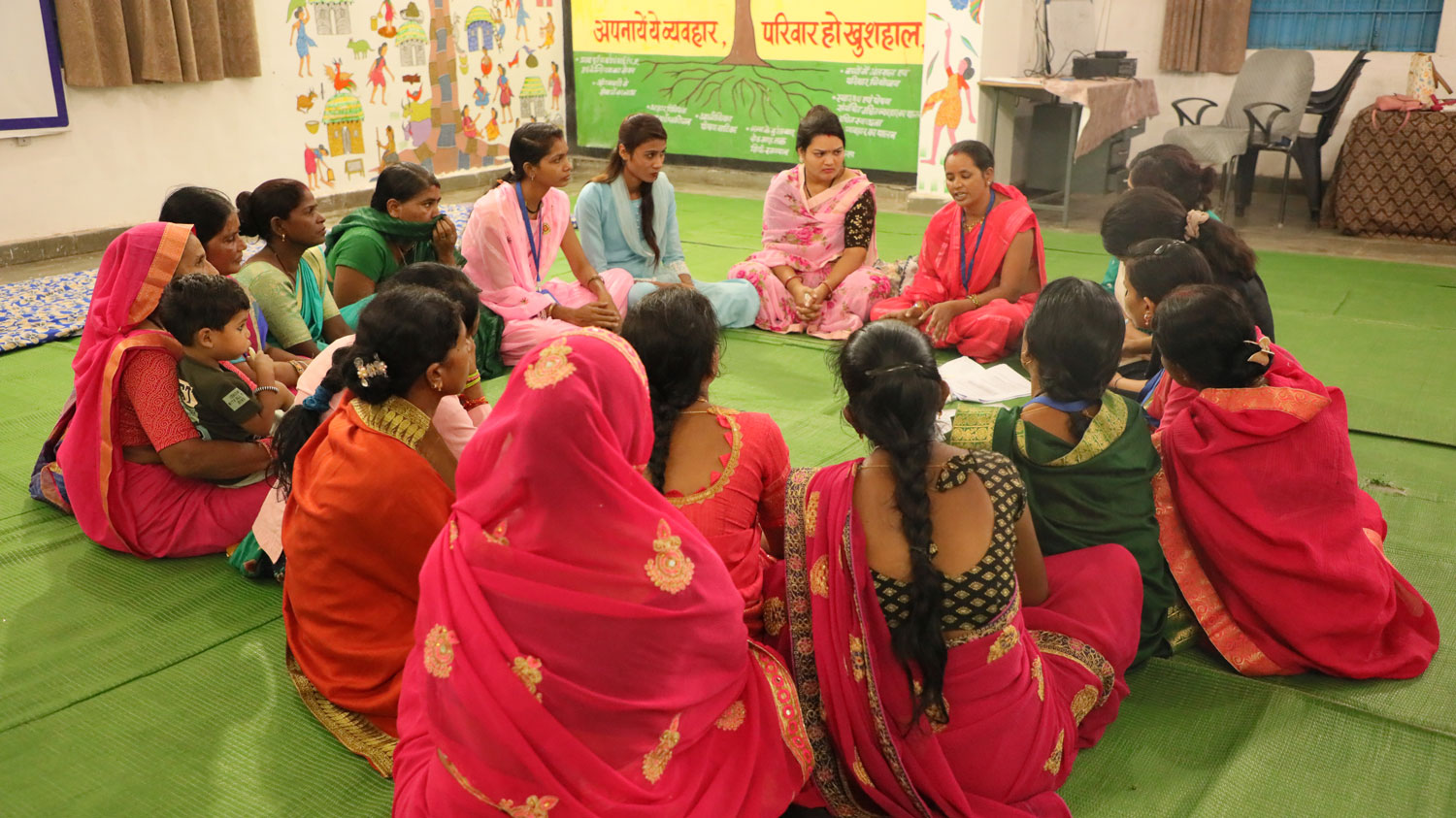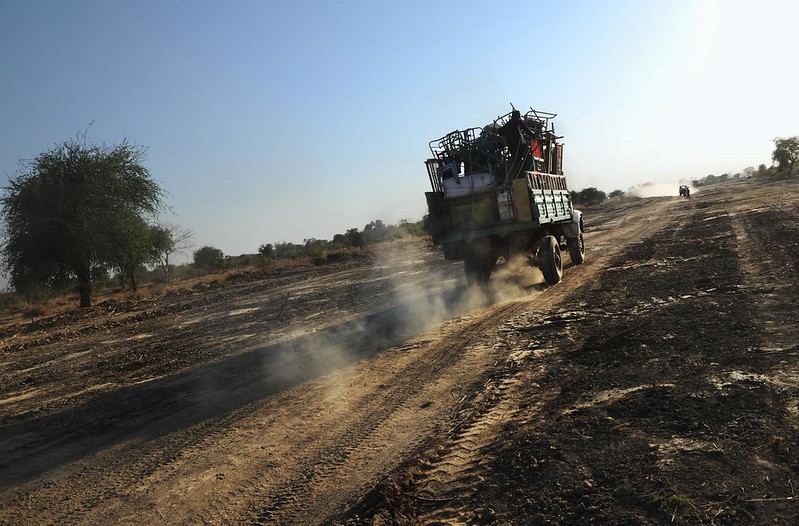Across the globe, women face tremendous challenges when it comes to equitable access to resources, exercising meaningful agency and decision-making power and aspiring to and accomplishing achievements. In fragile and conflict-affected settings (FCAS), those challenges are often exacerbated, as women are particularly vulnerable and often left out of decision-making.
To help identify what approaches can improve women’s status in these settings, 3ie’s forthcoming systematic review synthesizes the evidence on the effects of 14 different types of gender-sensitive and gender-transformative interventions. The review shows that many types of interventions had positive impacts on women, especially in terms of primary outcomes like women’s income, asset ownership, or representation in political processes. However, these gains often did not lead to positive effects on secondary outcomes related to women’s empowerment or intimate partner violence.
Our systematic review includes 104 unique studies covering 55 identified programmes and 32 linked impact evaluations papers, in addition to 90 linked qualitative and process evaluations. All these studies took place in 29 countries identified as being particularly fragile and having a high level of gender inequality.
Positive results on women’s economic standing, life skills, and political representation
Overall, our evidence suggests that several types of interventions targeting women’s empowerment and gender equality in fragile and conflict-affected states led to positive results. Cash and asset transfers showed positive impacts on women’s access to, and ownership of assets, credit, and income. Similarly, the review shows that Village Saving and Loan Association (VSLA) interventions led to increased financial literacy and use of financial tools like banking and business services. The review also highlights the effectiveness of capacity building programs at developing women’s life skills, in addition to showing that inclusive community-driven development programs increased the representation of women in local and sub-national political processes.
Trickle-down effects on secondary outcomes is rare
While interventions generally demonstrated a positive impact on the outcomes they specifically targeted, few led to trickle-down effects on other pillars of the empowerment framework, which includes resources, agency and achievements. Not many interventions led to positive effects on outcomes like the attitudes of men towards women, agreement with justifications for intimate partner violence, or women’s participation in decision-making processes at the household and community levels. Importantly, only one intervention group -- self help groups -- resulted in a significant reduction of violence at the household level and none markedly reduced intimate partner violence.
The context of implementation is a critical aspect of implementation
Qualitative findings show that gender and social norms acted as significant barriers to programme uptake across a number of intervention types, including cash transfers and safe spaces. Without explicitly recognizing embedded power dynamics and addressing patriarchal norms, the odds are often stacked against interventions that aim to empower women. Failing to consider these potential barriers is likely to limit the extent to which interventions can have a significant impact, particularly on secondary outcomes that are not specific targets of the intervention.
Gaps in the evidence remain
Certain regions and intervention types are underrepresented in the included literature. Very few studies came from the Arabian Peninsula although it is a highly relevant region considering the focus of our review. We also observe gaps of evidence in regards to gender-specific and transformative interventions focusing either on recovery and relief or on the active role of women in peacebuilding.
The review’s findings paint an encouraging picture
The body of evidence synthesized in our review suggests that interventions explicitly addressing gender norms are well-positioned to strengthen women’s empowerment in fragile and conflict-affected settings. Targeting the right beneficiaries, designing interventions to be gender-transformative, and implementing with the context in mind are key to realising the goals of empowering women, promoting gender equity and building more peaceful and inclusive societies.
The review, Strengthening women’s empowerment and gender equality in fragile contexts towards peaceful and inclusive societies: The systematic review and meta-analysis is published here. The protocol for this systematic review, funded by BMZ, can be found here. Read more about women’s empowerment in FCAS here.
Comments
Thanks for this valuable study on women empowerment and their actual issues.
what we see in our society. women are more in trouble and less access to health, education, work, trade .... we see the main reasons as below:
1) education and awareness: women are much less education and their awareness is too low, they even don't know about a right of a person/woman in society
2) involvement: women are very limited involved on discission making, design and development of policies, lows and finally very limited appearance on key positions at government
3) political: No or very less involvement in county political
4) society / men behaviors against women, overall behavior of majority people are not smooth with the women. and neither supporting them
5) religious issues,
to come up with a proper solution, will need to start work with de facto authorities, national wide programs of awareness raising, to involve women in any sector, design specific projects for women, create safe environment for women ..... and many more ..












Really valuable insights here. Especially in such challenging settings. Context is always critical in our work, glad to see that reinforced by your research.